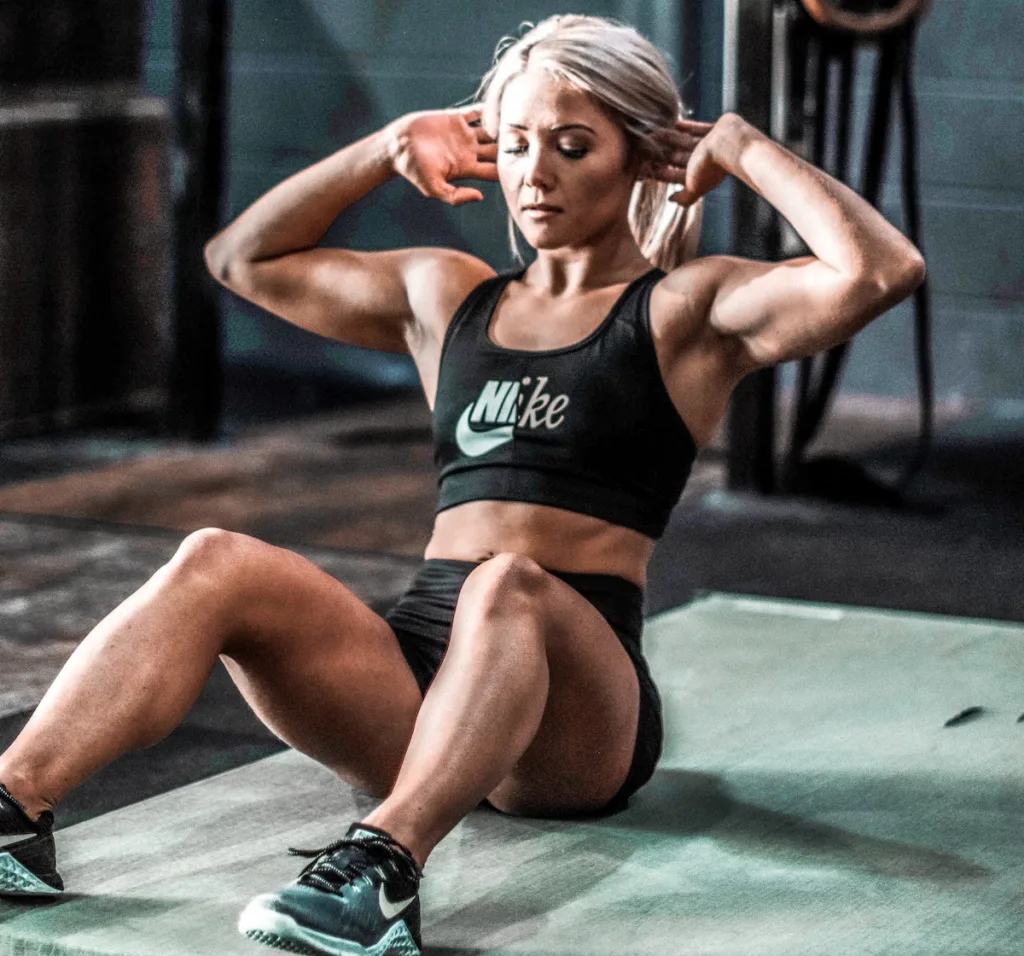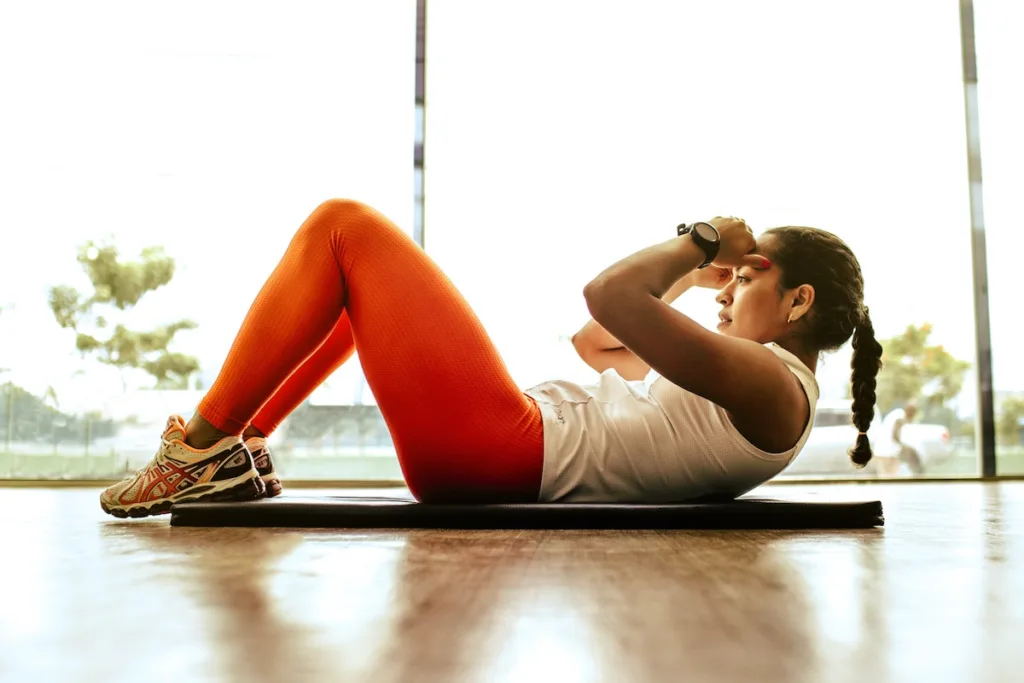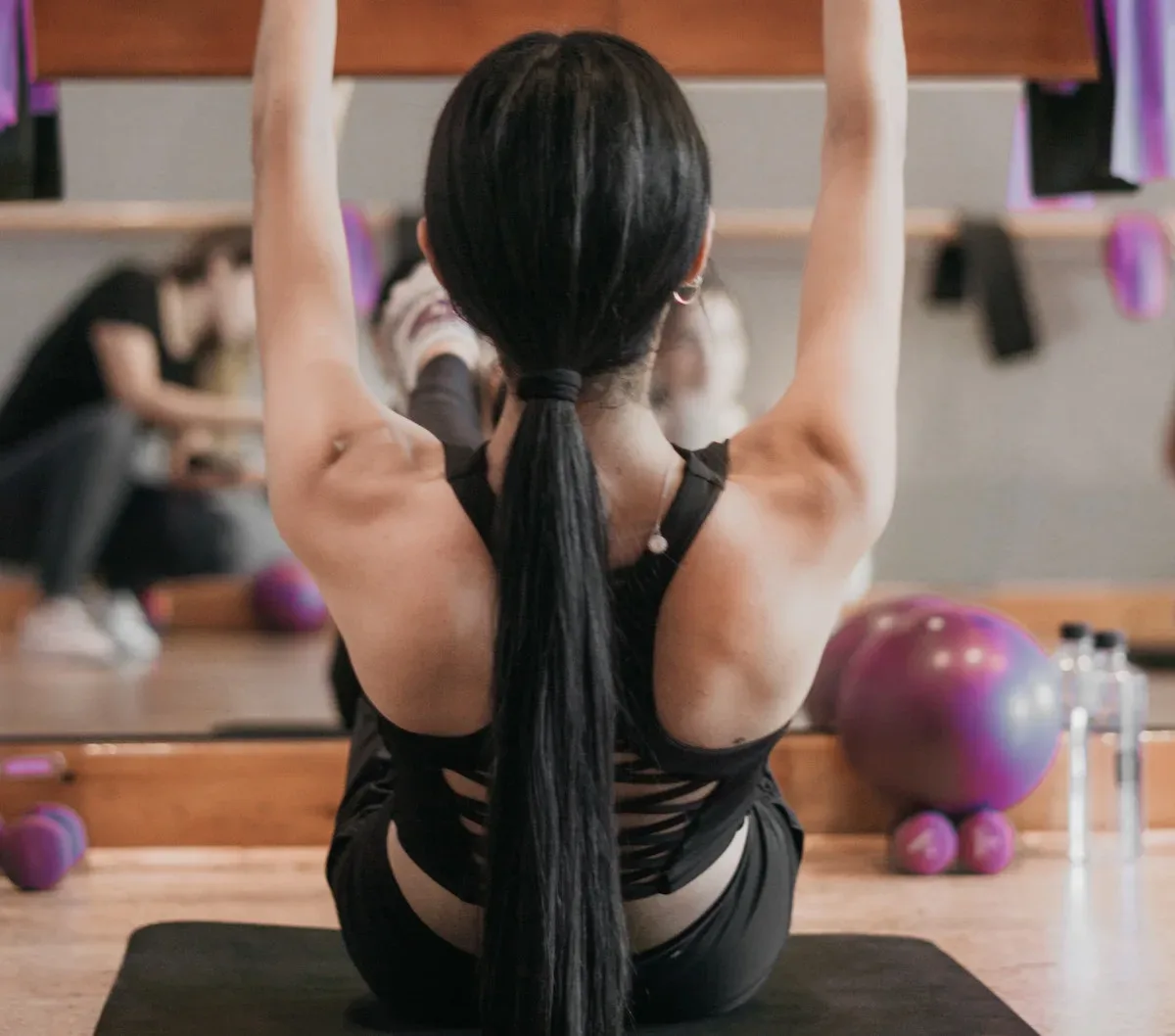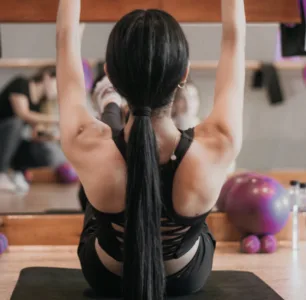Core strength is important in rugby as it provides stability, balance, and power in various movements, such as tackles, scrums, and lineouts. A strong core allows players to maintain proper posture and body control, which can improve performance and reduce the risk of injury.
What are the core muscles
The core muscles are a group of muscles located in the torso, including the rectus abdominis, obliques, transverse abdominis, and the muscles of the lower back, such as the erector spinae and multifidus. These muscles work together to support the spine and provide stability to the body, allowing for efficient transfer of force in various physical movements.

What do the core muscles do
The core muscles are responsible for stabilising the spine and supporting the transfer of force between the upper and lower body. They play a key role in maintaining balance, posture, and body control during movements such as twisting, bending, and lifting. A strong core can also improve athletic performance, as it allows for more efficient movements and reduces the risk of injury. Additionally, core muscles help to protect the spine and prevent back pain by absorbing and distributing forces generated during physical activity.

Which are the most important core muscles
The most important core muscles are those that work together to provide stability to the spine and torso. These include the rectus abdominis, obliques, transverse abdominis, and lower back muscles, such as the erector spinae and multifidus. These muscles work together to maintain proper posture, control movements, and transfer force between the upper and lower body. It is important to train all of these muscles for overall core strength, rather than focusing on just one or two specific muscles.
What are the best core muscle exercises
There are many effective exercises for strengthening the core muscles, including:
- Plank: A static hold that works the rectus abdominis, obliques, and transverse abdominis.
- Russian Twist: A twisting motion that targets the obliques and rectus abdominis.
- Deadbug: A stability exercise that works the rectus abdominis, obliques, and lower back muscles.

- Bicycle Crunches: A crunching motion that works the rectus abdominis and obliques.
- Pallof Press: An anti-rotation exercise that works the transverse abdominis and obliques.
- Leg Raises: An exercise that works the rectus abdominis and hip flexors.
- Back Extensions: An exercise that works the lower back muscles, including the erector spinae.
It is important to perform these exercises with proper form to avoid injury and target the correct muscles. Incorporating a variety of exercises into a well-rounded core workout routine can help to improve overall core strength.
Core injuries
Core injuries refer to any type of injury that affects the muscles, tendons, or ligaments in the torso, including the rectus abdominis, obliques, transverse abdominis, and lower back muscles. Some common types of core injuries include:
- Strains: An injury to the muscles or tendons in the core, often caused by overuse or overstretching.
- Herniated discs: A condition in which a disc in the spine bulges out of place and puts pressure on nearby nerves.
- Lower back pain: Pain in the lower back that can be caused by a variety of factors, including poor posture, overuse, and injury.
- Abdominal muscle tears: A tear in one of the muscles of the abdomen, often caused by sudden, forceful movements.
It is important to seek medical attention for any pain or injury in the core area and to take steps to prevent future injuries, such as incorporating core strengthening exercises into a regular fitness routine and practising proper form during physical activity.

